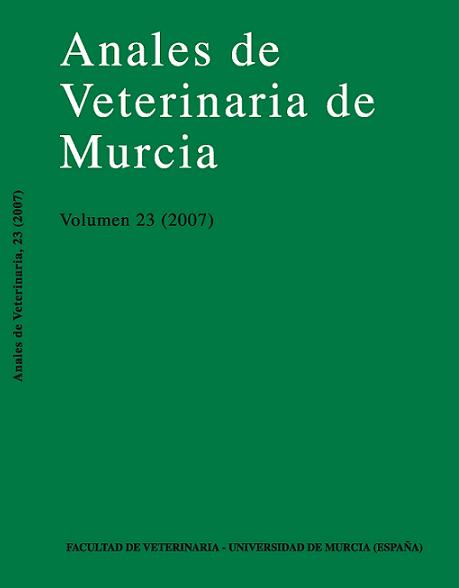INTENTIONAL AND UNINTENTIONAL POISONINGS OF WILD AND DOMESTIC FAUNA IN THE REGION OF MURCIA DURING BIENNIUM 2005-2006
Abstract
Data of chemical toxicological analyses carried out over a two year period (2005-2006) by the Wildlife Recovery Center “El Valle” of Murcia (Spain). These results allow to perform an epidemiologic information conclusioabout the main toxic agents of poisoning wildlife (and domestic animals in some cases) of Southeastern Spain. From 94 cases received and analyzed, 41 were positive to intentional poisoning (a total of 122 dead animals). Pesticides, especially insecticides and rodenticides, were frequently involved. Aldicarb (29,54%), fenthion (25,00%), carbofuran (15,90%) and monocrotophos (9,09%) were the most usual toxic agents in baits prepared for intentional poisonings. Spring and winter are the seasons of the year in which the poisonings are more common, and mainly they take place in rural zones and those of hunting areas.Downloads
Creative Commons Attribution 4.0
The works published in this journal are subject to the following terms:
1. The Publications Service of the University of Murcia (the publisher) retains the property rights (copyright) of published works, and encourages and enables the reuse of the same under the license specified in paragraph 2.
© Servicio de Publicaciones, Universidad de Murcia, 2019
2. The works are published in the online edition of the journal under a Creative Commons Attribution-NonCommercial 4.0 (legal text). You can copy, use, distribute, transmit and publicly display, provided that: i) you cite the author and the original source of publication (journal, editorial and URL of the work), ii) are not used for commercial purposes, iii ) mentions the existence and specifications of this license.

This work is licensed under a Creative Commons Attribution-NonCommercial-NoDerivatives 4.0 International License.
3. Conditions of self-archiving. Is allowed and encouraged the authors to disseminate electronically pre-print versions (version before being evaluated and sent to the journal) and / or post-print (version reviewed and accepted for publication) of their works before publication, as it encourages its earliest circulation and diffusion and thus a possible increase in its citation and scope between the academic community. RoMEO Color: Green.




